What do I need to know about Air Traffic Control
An Air Traffic Controller is a hugely responsible job in which the primary aim is to prevent collisions between aircraft.
Around the world, there can be anywhere up to 10,000 aircraft in the sky at any one time, and IATA (International Air Transport Association) have predicted that the number of airline passengers per year will double by 2035 to 7.2bn!
European air space is one of the busiest in the world, and although you may be based at an airport overseeing departing and arriving aircraft, you could also be based at a main control centre. These are responsible for monitoring flights that are en-route to their destinations and are located in Swanwick (near Southampton), and Prestwick (near Glasgow).
Due to the intense and demanding nature of the role, ideally, you would have:
- High levels of concentration; the job involves sitting at a computer screen without losing focus
- The ability to work quickly and accurately under pressure, whilst staying calm
- The skills to think logically and read quickly if required
- The attitude of a good team player, but have the ability to work alone
- An aptitude for complex radar systems, the ability to think in 3D, and calculate distances and angles.
It is also necessary to:
- Be a minimum of 18 years old
- Be in good overall health (specifically eyesight and hearing)
- Hold at least 5 GCSEs (or the equivalent) A*-C/ 9-4 including Maths and English
- Be eligible to work in the UK and undergo enhanced security checks
- Pass a series of psychometric tests, personality assessments, interviews and computer assessments.
- Most roles will require an ICAO Level 4 or 5 of English Language Proficiency if you are not a native speaker.
NATS have devised 5 games, each of which has been designed to help you decide if you have the kind of skills and competencies required.
They can be found here: CLICK HERE
Training and Career Timeline
Upon completion of selection under the NATS training scheme, you would begin your training with a two-month basic course at the NATS College of Air Traffic Control, which is based in Fareham, followed by specialized training elsewhere. Here you would develop your teamwork skills, undertake practical training in simulators, do some private flying, and visit ATC units. You would work towards a rating for a specific type of work such as aerodrome approach, approach control, approach radar control, or area radar control. It is common to specialize in one particular rating, which would then determine whether you work in a control centre (such as Swanwick or Prestwick) or at an airport.
Day-to-day tasks
Your tasks will vary depending on which type of controller you become. There are 3 types:
- Area controllers – track and guide aircraft flying at higher altitudes through a sector and are based at a regional control centre
- Approach controllers – manage aircraft as they approach the airport and issue instructions to planes that have just taken off
- Aerodrome controllers – work in a control tower, giving clearance to land and take off, and guide pilots to the correct taxi positions on stands and runways
Career path and progression
Look at progression in this role and similar opportunities. With experience, you could move into training and assessing new controllers, or become a supervisor or unit manager. You could also move into operations management.
What to expect
- Air traffic controllers are typically required to stay at their desk or station for two hours before taking a break. The busy work and amount of concentration required to deal with high levels of pressure can lead to tiredness. The office environment is normally made comfortable so it aids the controllers in their critical work.
- Jobs are available at the NATS control centres located in Swanwick and Prestwick, as well as in airports across the UK in control towers. Some are managed by NATS, while others are run by private companies or individual airports.
- NATS employees may be required to move to different locations depending on company needs. This is often written into contracts.
- Air traffic controllers are subject to the Rail and Transport Safety Act. This act sets strict limits on blood-alcohol levels (well below the drink/drive levels) and drugs are forbidden. Random testing can take place.
Overseas work or travel is uncommon but it’s possible to move with overseas employers, notably in North America and the Middle East.
The ‘Trainee’ Route
You can apply for a place as a trainee with National Air Traffic Services (or NATS)
You’ll need a minimum of 5 GCSEs at grades 9 to 4 (A* to C) or equivalent qualifications, including English and maths. Initial training takes up to 1 year and further training may continue while working.
Requirements for an Air Traffic Role
You’ll need to:
- Pass security checks
- Pass a medical check
- You have to be over 18 years old
Obtaining a FISO licence
The FIS officer (FISO) is a person who provides flight information service (FIS) and alerting service to aircraft in uncontrolled airspace (class G) or at an uncontrolled aerodrome.
Theory Exams required:
- Navigation
- Meteorology
- Air Law & Licensing Policy
- AFISO Procedures
Exam location – Gatwick and the exam durations are 30 minutes each
